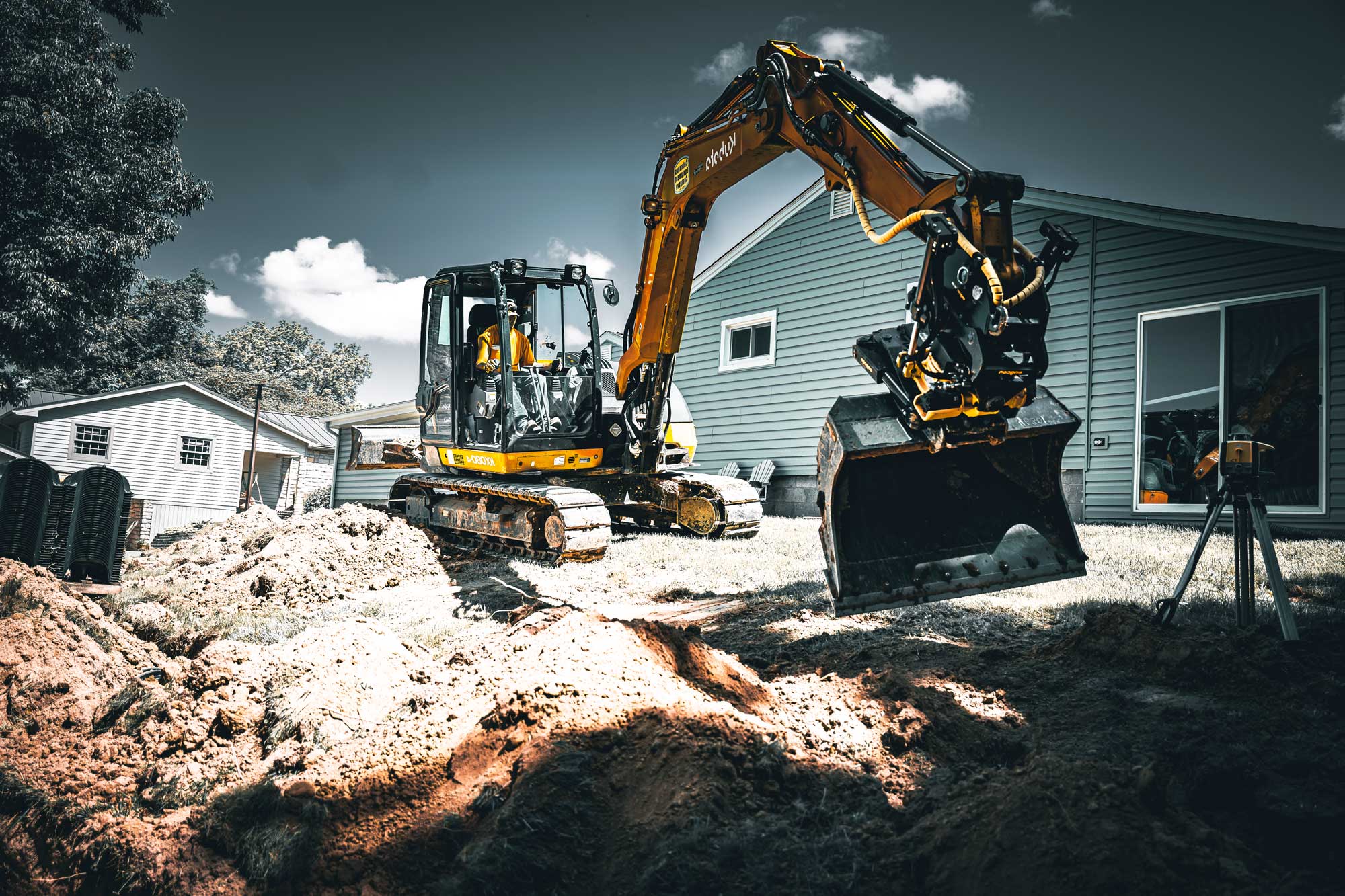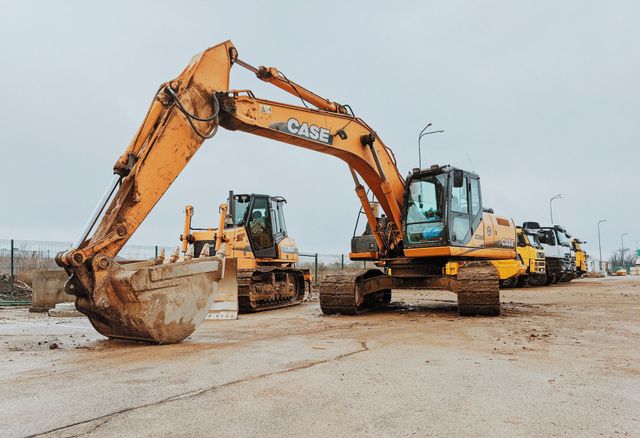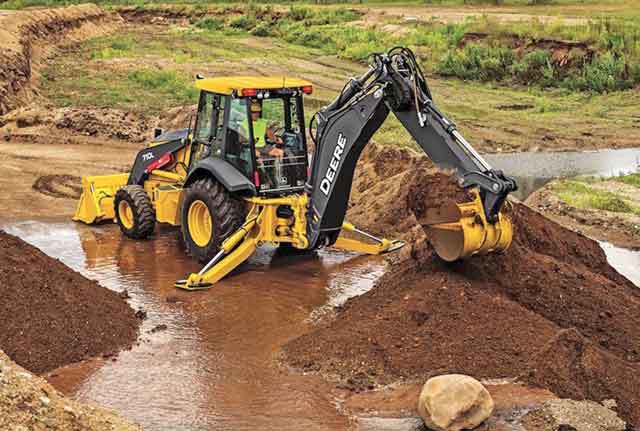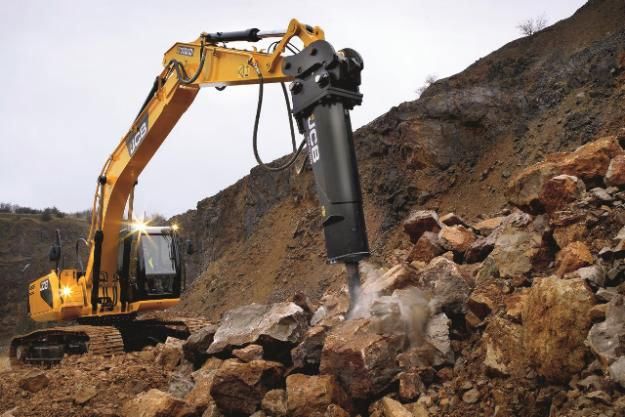In-Depth Exploration: The Scientific Research Behind Superior Excavation Practices
The world of excavation practices is a domain where science links with workmanship to unearth the mysteries hidden underneath the planet's surface. From ancient hand tools to modern-day hydraulic excavators, the advancement of excavation techniques has been a testament to human resourcefulness and technical advancements. However, what really sets remarkable excavation methods apart is a deep understanding of geological concepts, combined with the use of cutting-edge tools and methods. By exploring the scientific research behind these techniques, we can reveal the keys that exist below our feet and appreciate the precision and experience that enter into every dig.
Development of Excavation Techniques
Throughout background, the evolution of excavation methods has played a critical duty in progressing building and construction methods and archaeological discoveries. From the primary tools utilized by our ancestors to the advanced equipment employed in modern-day times, the progression of excavation approaches has dramatically changed how we come close to various jobs.
In old times, manual work with basic tools such as pickaxes, wheelbarrows, and shovels was the primary technique of excavation. This labor-intensive procedure limited the deepness and extent of excavations, typically resulting in sluggish progression and restricted access to particular sites. As worlds progressed, so did the devices and techniques made use of for excavation.
The Industrial Change noted a turning point in excavation methods with the intro of steam-powered equipment. In modern times, modern technology plays an essential duty in excavation, with innovations like General practitioner systems, drones, and 3D scanning boosting accuracy and performance in the area.
Duty of Modern Technology in Excavation

The combination of cutting-edge innovation has essentially revolutionized the field of excavation, boosting precision and performance to unprecedented degrees - lancaster excavation. One of the crucial technical developments that has actually significantly influenced excavation methods is the usage of General practitioner systems.
Furthermore, the arrival of 3D modeling and simulation software program has structured the planning process for excavation jobs. Engineers and drivers can currently envision the whole excavation procedure before beginning, enhancing and recognizing possible obstacles workflow. Along with this, the application of drones in excavation tasks has actually promoted aerial surveys, volumetric measurements, and site evaluations with unequaled rate and precision.
Geological Concepts in Excavation
An understanding of geological concepts is essential for making certain the structural stability and stability of excavation sites. Geological factors play a crucial duty in figuring out the expediency and safety of excavation tasks.
By conducting complete geological surveys and analysis, look at here now designers and excavators can establish strategies to reduce threats and guarantee the effective completion of excavation jobs. Inevitably, incorporating geological principles into excavation techniques is essential for accomplishing secure, effective, and lasting outcomes.

Most Current Devices for Excavation
In the world of excavation methods, modern innovations in devices have actually reinvented the performance and precision of excavation processes. Among the most recent tools making waves in the market is the use of drones equipped with advanced imaging modern technology. These drones can give thorough airborne surveys of excavation sites, supplying real-time information on topography and prospective hazards. This information help in much better planning and decision-making throughout the excavation procedure.
One more cutting-edge tool obtaining popularity is the application of 3D printing technology for producing customized excavation tools. This permits the production of specialized devices that are tailored to the certain requirements of a task, enhancing effectiveness and minimizing downtime.
Additionally, innovations in materials scientific research have brought about the development of more powerful and much more sturdy excavation tools. excavating ohio. Tungsten carbide-tipped excavator add-ons, for example, offer premium performance in tough ground problems, improving performance on-site
Science's Effect on Excavation Practices

Furthermore, clinical study on soil auto mechanics and geotechnical design has actually provided important understandings right into dirt behavior, enabling excavation specialists to make enlightened decisions concerning excavation techniques and dirt stablizing strategies. Overall, science continues to drive advancement and renovation in excavation practices, making excavation projects much more effective, economical, and lasting.

Conclusion
Finally, the evolution of excavation strategies has actually been considerably influenced by advancements in modern technology and a much deeper understanding of geological concepts. The most up to date tools and equipment made use of in excavation have actually enhanced efficiency and precision in the area. The application of scientific knowledge has actually substantially improved excavation practices, bring about a lot more sustainable important site and effective approaches for excavating various kinds of materials.
In the world of excavation methods, contemporary developments in tools have revolutionized the performance and accuracy of excavation procedures. By leveraging scientific principles, the excavation sector has actually been able to substantially enhance efficiency, accuracy, and safety and security in excavation procedures. GPR enables excavation teams to non-invasively check and map subsurface frameworks, utilities, and potential threats, allowing them to plan excavation tasks with higher precision and reduced threat of mishaps.
Additionally, clinical research study on soil technicians and geotechnical design has given useful insights right into soil behavior, permitting excavation experts to make enlightened choices regarding excavation approaches and soil stablizing methods. Overall, scientific research continues to drive technology and enhancement in excavation practices, making excavation jobs more effective, cost-effective, and lasting.